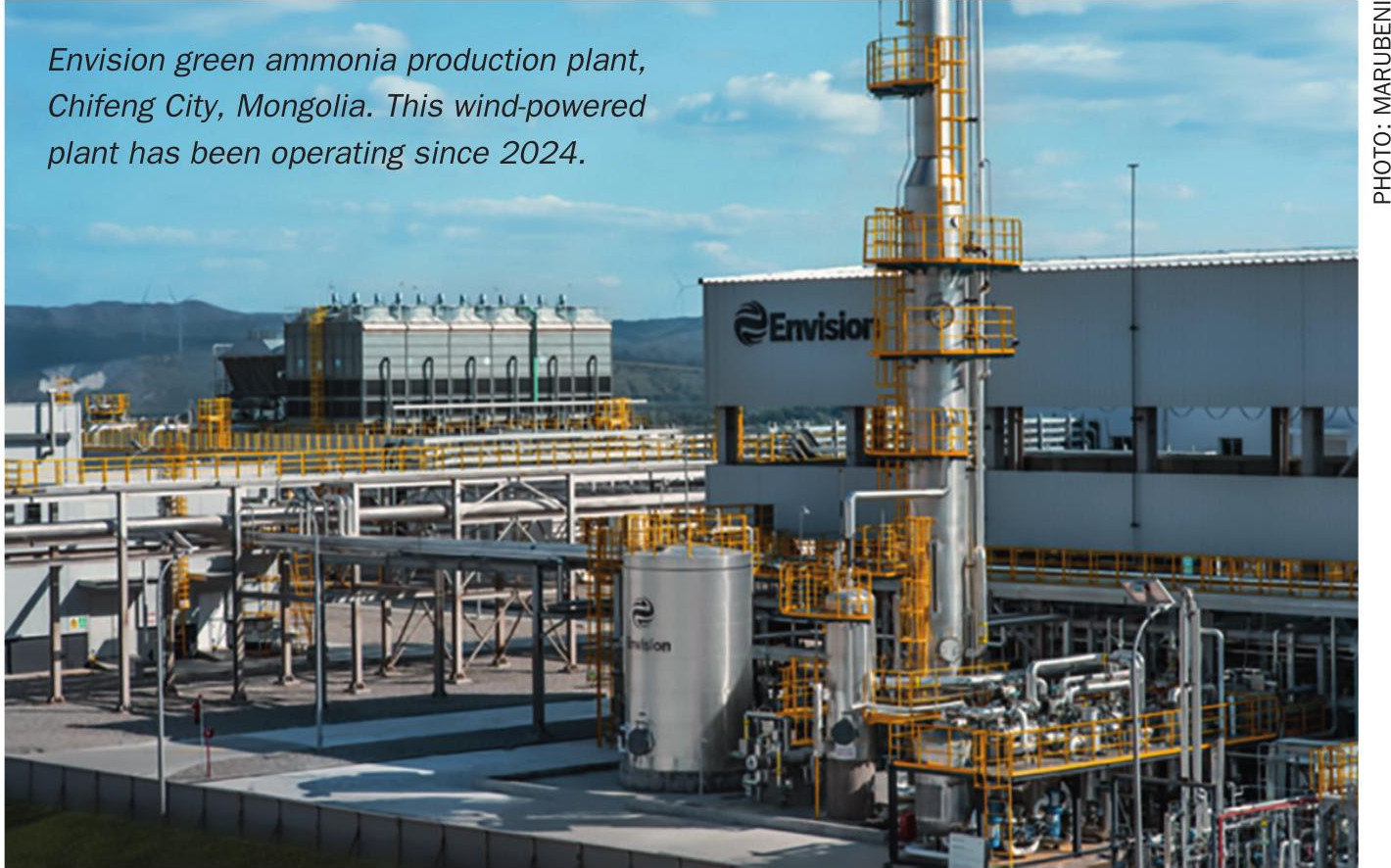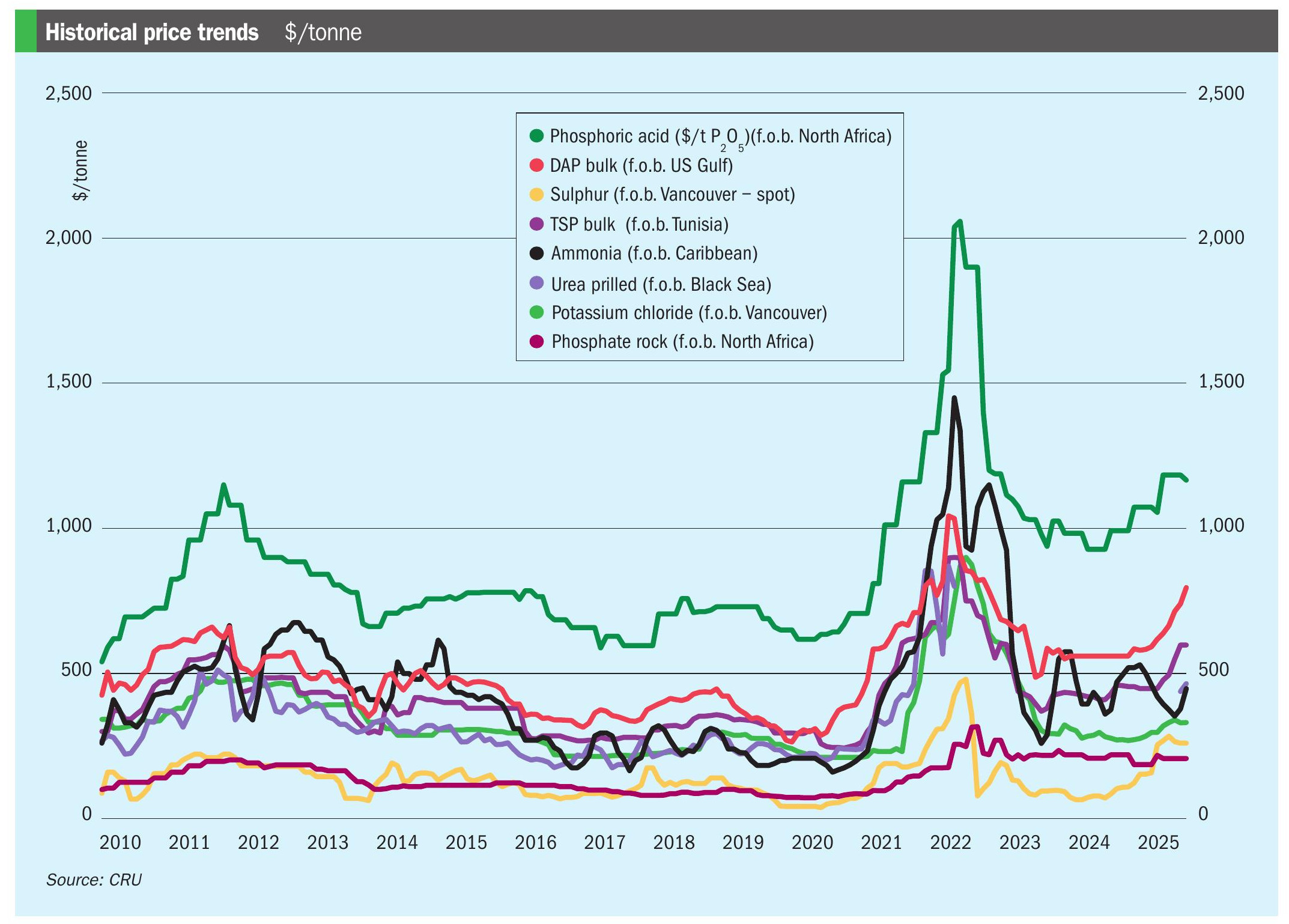Nitrogen+Syngas 371 May-Jun 2021

31 May 2021
Market Outlook
Market Outlook

AMMONIA
- February saw ammonia prices jump due to a series of plant outages, including EBIC in Egypt, and several plants in North America, including two on Trinidad; the 760,000 t/a Nutrien 4 plant and 500,000 t/a Tringen 2 plant, both due to gas shortages, as well as Yara and BASF’s 750,000 t/a unit at Freeport, Texas.
- Prices continued to climb through March as availability remained tight, with Tampa prices rising more than $100/t for a second month running. Supply was also tight through March in the Middle East, and there was little business out of Russia.
- Meanwhile demand continues to be strong globally, offering little relief for buyers in the short term.
- As demand begins to slow into the summer it is likely that prices will peak. However. early June cargoes are still being offered at firmer price levels, and it may not be until mid- to late June when the market starts to see some easing.
UREA
- With Indian domestic production levels reduced and imports running at high levels, Indian buying continues to set the tone for the market. At the end of April MMTC bought 800,000 t/a, and at time of writing it was believed that it would be back in the market in early may for a further 1.8 million tonnes of urea.
- Much depends upon how much urea is available from China to cover the Indian tenders, and how low a price Chinese producers are willing to bear. It was believed that up to 1.2 million tonnes of Chinese urea could be available.
- In general the urea market is amply supplied, and the market tone has been distinctly bearish over the past few months, with prices on a slow decline. However, MMTC’s buying means that prices have found a floor for May and deferred demand may see some increases. Nevertheless, renewed pressure on f.o.b. levels is possible for June-July, despite strong fundamentals.
METHANOL
- Methanol prices have rebounded significantly from the low point of June 2020 as industrial production has recovered in China, along with methanol-to-olefins demand, although demand for methanol in fuel applications, either as a blendstock or a feedstock for MTBE and other ether production, continues to run at lower levels.
- Strong methanol demand, combined with low global inventory levels and ongoing industry supply challenges continue to drive tight market conditions into the second quarter of 2021, especially in North America.
- On Trinidad, the Natural Gas Corporation has failed to reach agreement with Methanol Holdings Trinidad Ltd (MHTL) on a price for natural gas feedstock, leading the latter to idle two methanol plants on the island; M4 and M5000, until a new gas deal can be arranged. Four of the seven methanol plants at Point Lisas are now idle.






